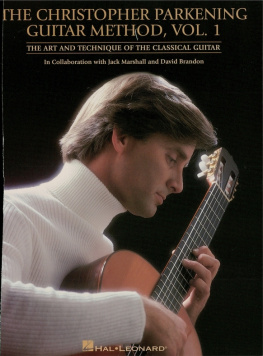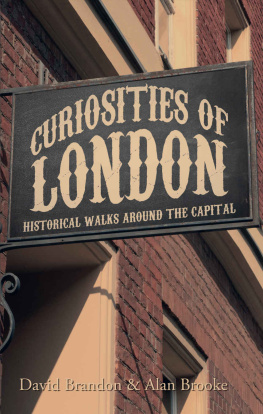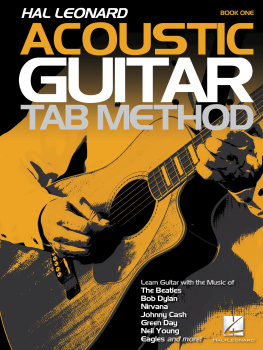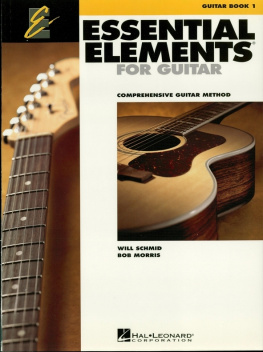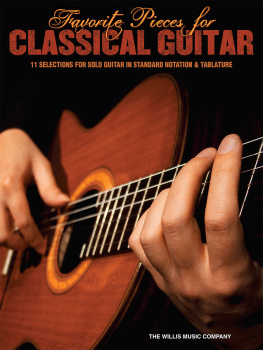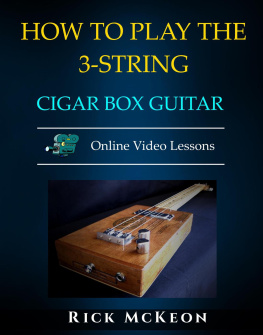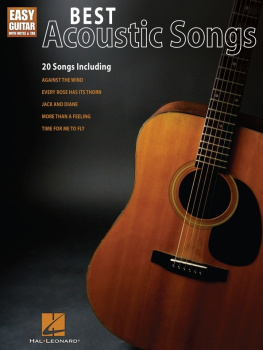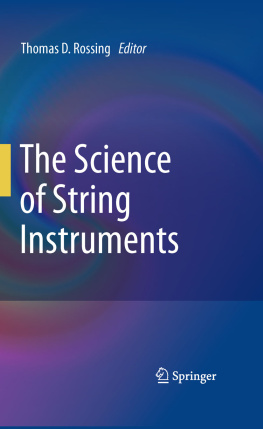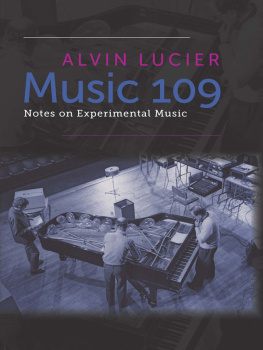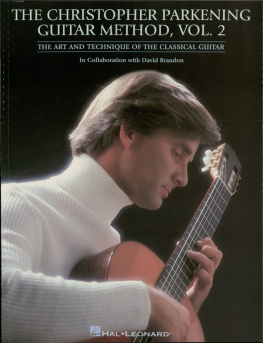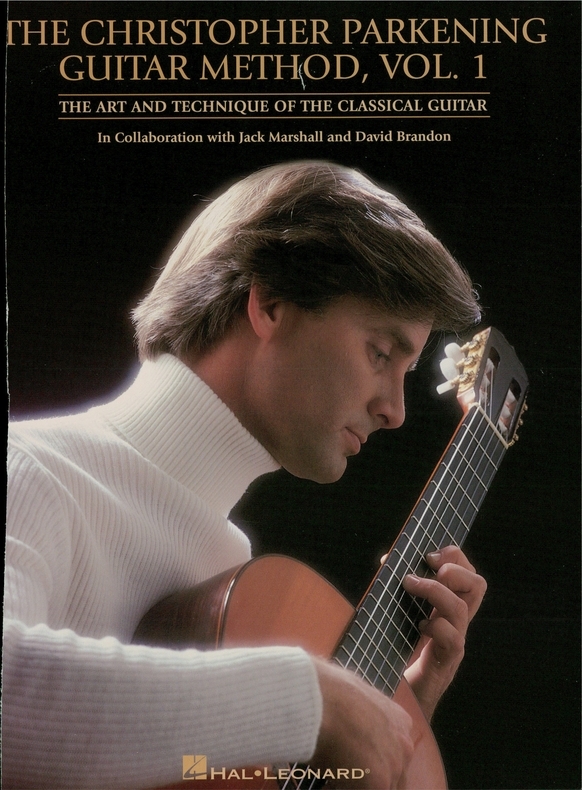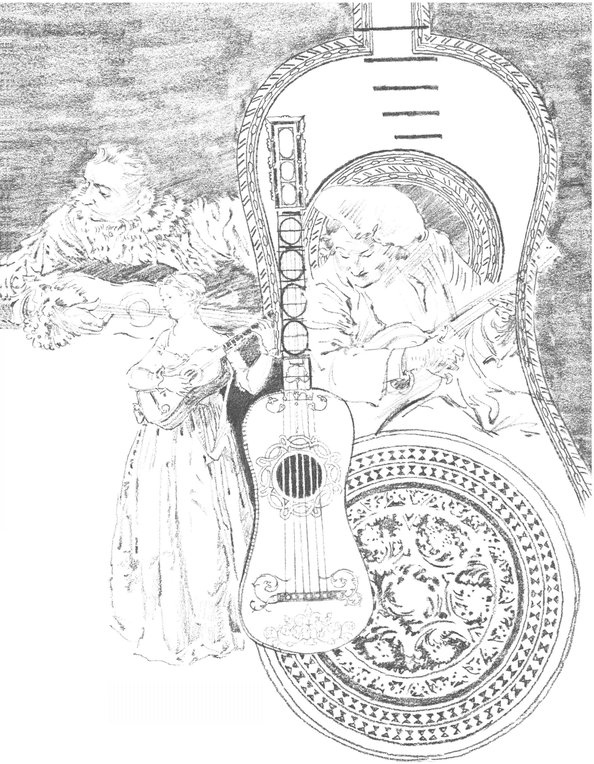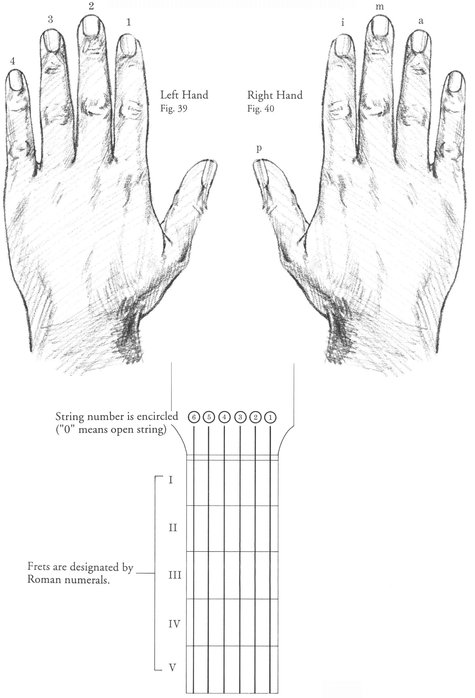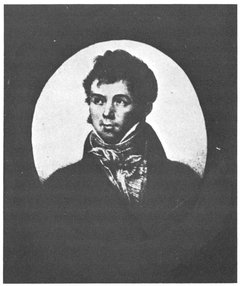The Classical Guitar: A Brief History
The beginnings of the guitar are buried deep within the pages of history. Archeologists say that the earliest musical instruments were primitive percussion devices which date back almost to the creation of man. Stringed instruments, too, have a long ancestry, many of which are mentioned in the Bible. The first may have been conceived by some early huntsman who liked the sound made when he plucked his hunting bow. To it, one might have added a sounding chest made of an empty tortoise shell or gourd.
The guitar as we know it today was developed in Western Europe, though nobody can say precisely where or when. Its direct ancestors included the chetarah of the Assyrians, the kinnura of the Hebrews, the qitra of the Chaldeans, the sitar of India, the ki-tar (three strings) of Egypt, the kithara of the Greeks, and the oud (later translated laud and eventually, lute ) of Persia, which was carried in 711 A.D. by the conquering Moors into Southern Spain. Gypsies wandering west from Persia and, in the 12th Century, Crusaders returning from the East to Europe, brought early versions of the lute and vihuela. From these instruments, by a continuous process of experimentation and modification, evolved the guitar.
Some historians say it made its first appearance in Spain, the country with which it has long been associated. In these early manifestations, and indeed until the middle of the 17th Century, it was apt to be strung with four or five pairs of double strings, called courses. These instruments are known today as the Renaissance guitar or Baroque guitar. The existence of these instruments and its music was first seen in the vihuela methods of Alonso Mudarra (1546), Miguel Fuenllana (1554) and later, especially the five-course guitar, throughout the Baroque era, gaining popularity in many Western European countries. By 1790, this instrument began to wane and the six single-stringed guitar now gained notoriety. The addition of a lower E string provided the harmonic emphasis needed to perform the classical music of the period. And, with the innovations in fan-strutting (created by the Spanish school of luthiers) and mechanical tuning gears, it was destined for both great musical works and virtuosos at the beginning of the 19th century.
The first great figure to give the guitar the respectability of the concert hall and to reveal it for the infinitely subtle, virtuosic instrument it is, was Fernando Sor (17781839). Born in Barcelona, Sor was already an acclaimed accomplished guitarist and composer at 17. In 1797, he went to Madrid, in 1812 to Paris, in 1815 to London, and in the 1820s to Germany and Russia. Everywhere he won astonished admiration for his artistry and new respect for his instrument. Throughout his lifetime, he tirelessly performed, taught, and composed works which became the foundation for the future literature to follow and which are still studied by every serious guitar student today. Sor also wrote a Method pour las guitare.
Outstanding contemporaries of Sor were his friend Dionisio Aguado (17841849) of Madrid, and the Italians Ferdinand Carulli (1792-1853), Matteo Carcassi (17701841), and Mauro Giuliani (17811828). Aguado, said to have been an even more brilliant virtuoso than Sor, also wrote a method and several volumes of studies for the guitar, including advanced pieces that only a very accomplished guitarist could play. Carulli, born in Naples, won a great reputation in Europe as a performer. In 1808, he settled in Paris and stayed there until his death, teaching, playing, and composing hundreds of works for the guitar, including a method which is still published today. Matteo Carcassi, a Florentine, replaced Carulli as the reigning guitarist of Paris. His Complete Method, a revision of the Carulli work, contributed many ingenious new ideas to guitar playing which expanded the resources of the instrument. Carcassi composed many favorite studies for the guitar.
Giuliani, a Bolognese, made Vienna his home for many years. He was a friend of Beethoven, and wrote many popular concert pieces, including his Concerto in A Major for Guitar and Orchestra.
With the passing of these artists, interest in the guitar fell into a decline. The Romantic period demanded the attention of a guitar luthier with new ideas. Antonio de Torres (1817-1892) provided this by adding the most important refinements to our present day guitar. Having built an estimated 320 guitars, he increased the area of the soundbox, changed the overall proportions, and utilized fan-strutting for bracing thinner woods.

